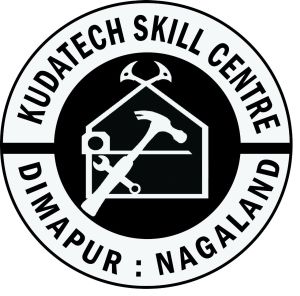In collaboration with Nagaland Tools Room and Training Centre, Dimapur we have developed machinery and technology that can be utilized to boost the productivity of the agro-based based industry. Following are some of the list of ongoing innovation and incubation projects.
1. BAMBOO E-BIKE
Bicycle is a staple mode of human transportation, in both rural and urbanized areas. With the advancement of the green movement, bamboo is being used as raw material for the production of high-end racing and touring bicycles. Bamboo bicycles are entering the market as a low-cost alternative to relatively expensive and unsustainable aluminium and metal bikes. As bamboo grows straight, it does not exhibit “knots” and “turns” in its wood, unlike other types of wood. Thus it has a higher specific tensile strength than steel, and higher specific compressive strength compared to concrete. This attribute allows for excellent vibration control, which, in turn, provides for a smoother ride and increases stability on rough terrain. Our team is working with Bamboo Artisans to further fine-tune the proto-types that have been developed using indigenous technology.
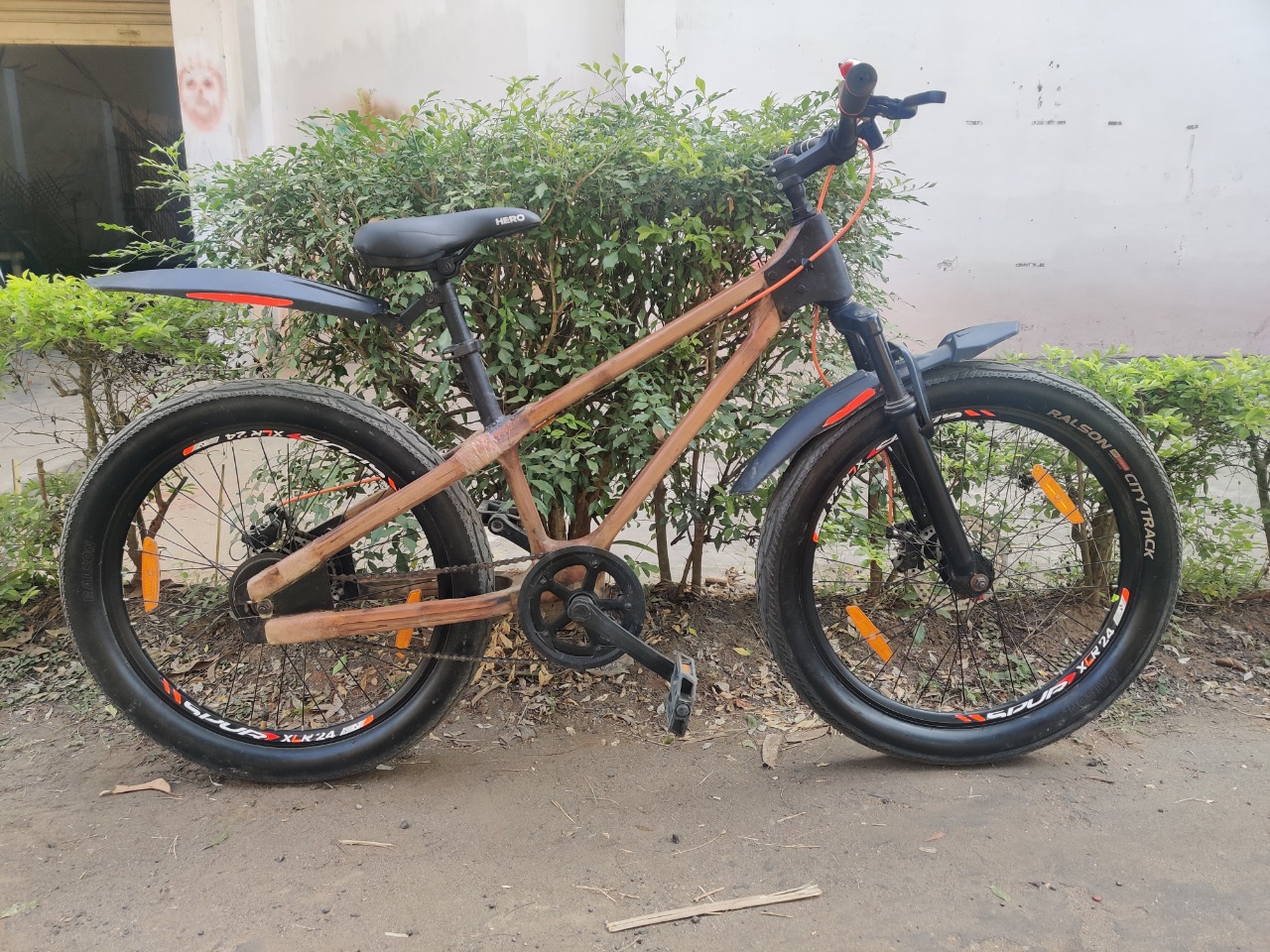
2. BAMBOO TRI-CYCLE DESIGNED FOR DIFFERENTLY-ABLED
The Bamboo Tri-cycle is a modern electric-powered cycle built from lightweight bamboo and bamboo fibres. It is specifically designed for differently able persons. It can travel for about 60 km when fully charged. The fully charged standard battery provides 250 watts/hours of energy, sufficient to power for a standard use which can be swapped as per requirement. A fully charged battery normallytravels about 50-60km with a load capacity of 130kg. The batteries last about 3 years and can be recharged about 500 times during a lifetime. The bamboo tricycle weighs about 18 kg. The tri-cycle runs comfortably at around 15-20 km/h when loaded and about 30-35km/h when unloaded. Depending on the load, the tri-cycle will go a little faster and climb moderate hills comfortably.
The bamboo tricycle features 1 front disc brake,speedometer, headlight, horn, acceleration; handle along with ignition switch connected to a 36V 10AH and a 250W rechargeable lithium-ion battery, designed particularly for a single sitter use. A provision for a windshield, a removable canopy can also be designed. The passenger load is transferred directly to the rear wheels with a provision for a load carrier between the body part and the lower frame.
The standard width of the bamboo tricycle is almost 1 meter in length. This ensures that access can be gained to all cycle paths and that it remains compact and agile in traffic, not hindering other commuters. The tricycle also has a very small turning circle, which can turn almost in its length.
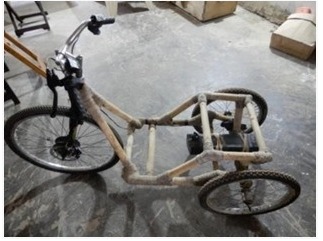
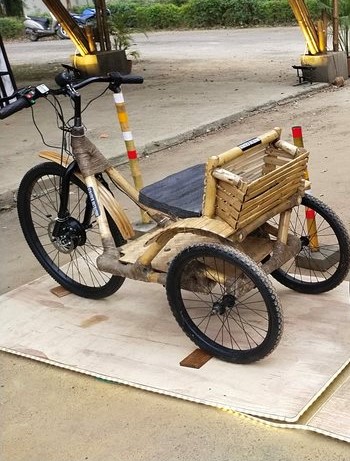
3. FUEL EFFICIENT DEHYDRATOR
Drying of leaves, fruits, ginger, cardamom and using heat generated from wood and coal is a common traditional practice in the North Eastern States of India. One of thelimitations of the process is that it poses serious health risks. Moreover, over-indulging in smoked meat causes unwanted effects on our health. Stomach cancer incidence rates have been linked to dietary habits like consuming food with high-salt content and smoked foods. Smoked meats are associated with an increased risk for certain cancers due to the presence of cancer-causing substances: carcinogens. Keeping in mind all of these consequences and effects the KUDATECH team has innovated a machine intending to dry meat or fish without carbon contamination. It is compact in structure, user-friendly, portable, and convenient for household usage. It has been designed in such a way that the food that is being dried do not come into direct contact with flame. It is healthier, efficient, and high energy compared to the conventional method
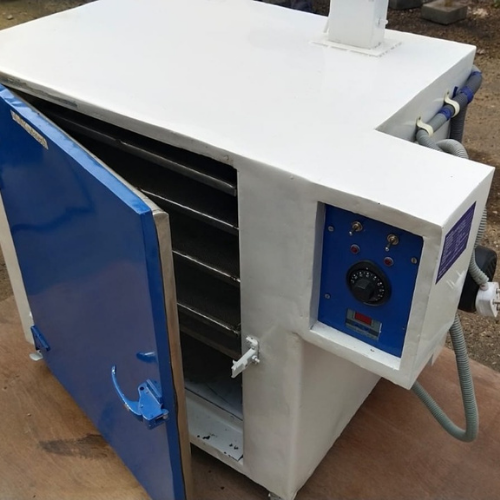
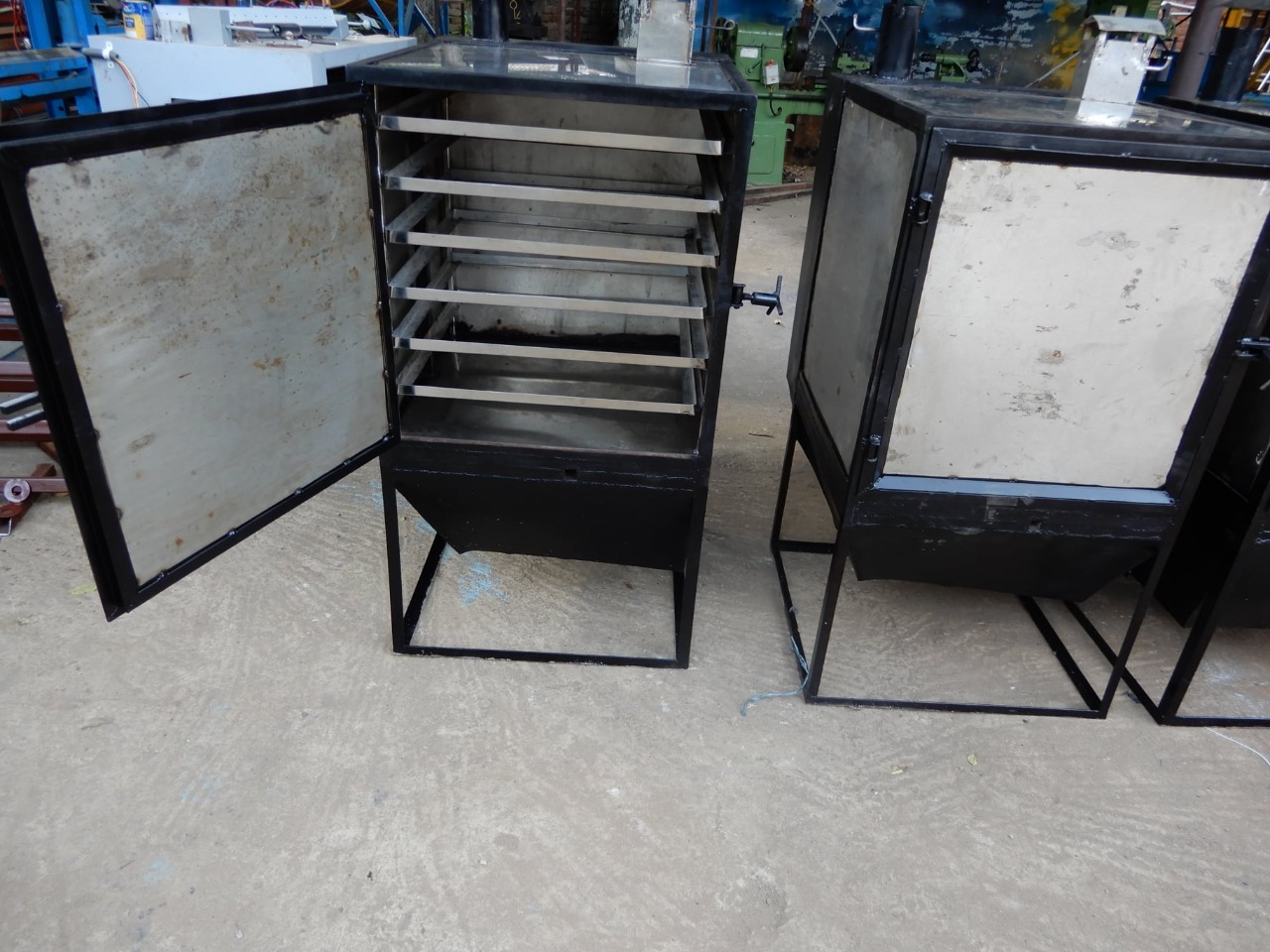
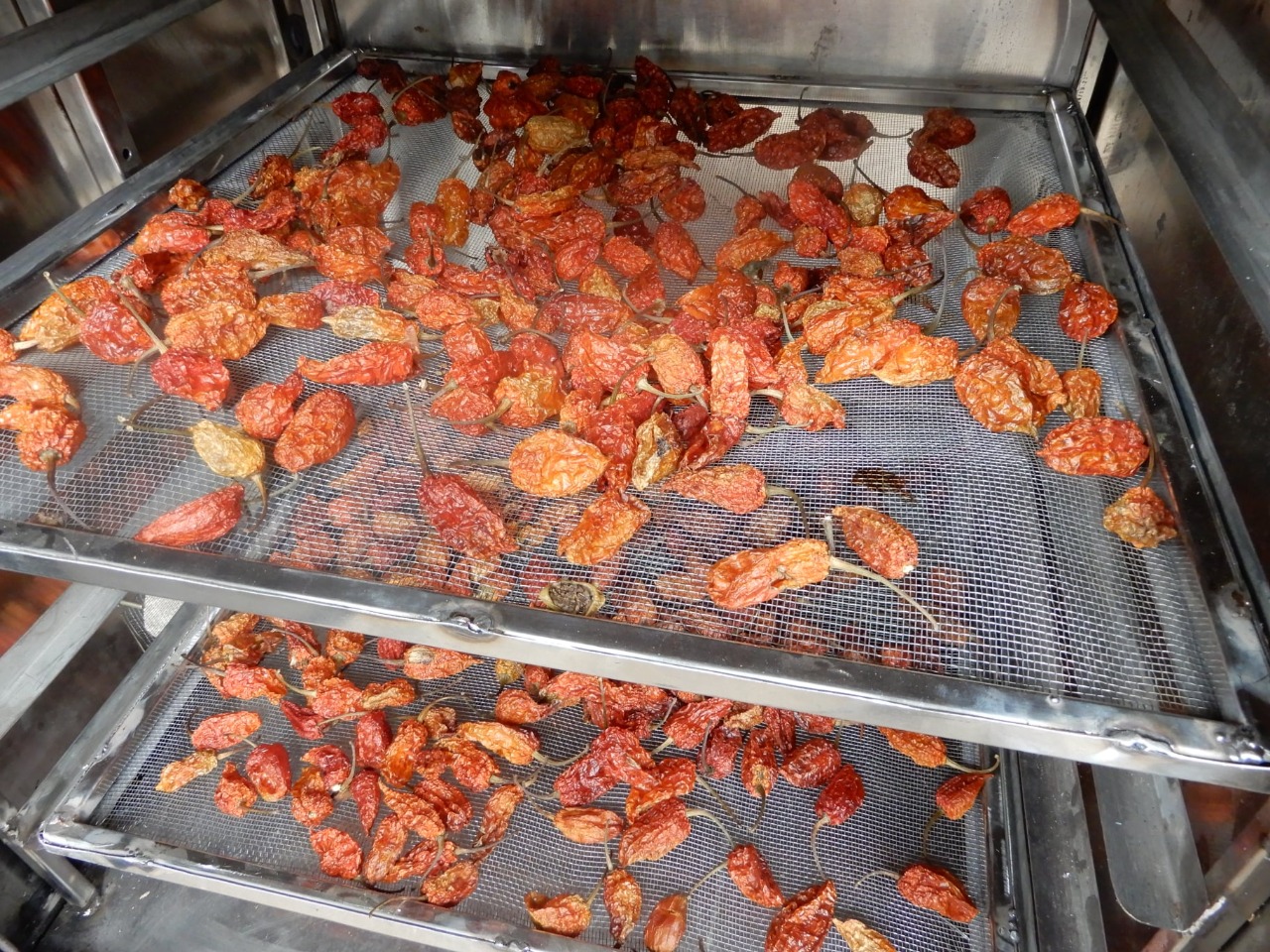
4. WASTE TO WEALTH
Biodegradable organic waste has been one of the major areas of concern in waste management. The central government has amended rules on waste management which includes practice on segregation of waste at source (dry and wet waste). However, in most of the ULBs, such rules failed due to a lack of cooperation from the public as well as improper implementation and monitoring by the administrations. The management of the mixed waste needs to be carried systematically using scientific methods and tools.
Kudatech is incubating these innovative ideas with innovators and entrepreneurs. One such innovation is the development of organic powder products which has been studied and designed through assorted indigenous micro-organisms where a certain ratio is added for decomposing biodegradable waste that results in organic manure.
The product repels soil pathogens also enriches the soil with the required nutrient for better vegetation and reduces odour smell from septic tanks, drainage, poultry, piggery carcasses, etc. It can also be used on water
bodies where microbes are regenerated as fish feeds.
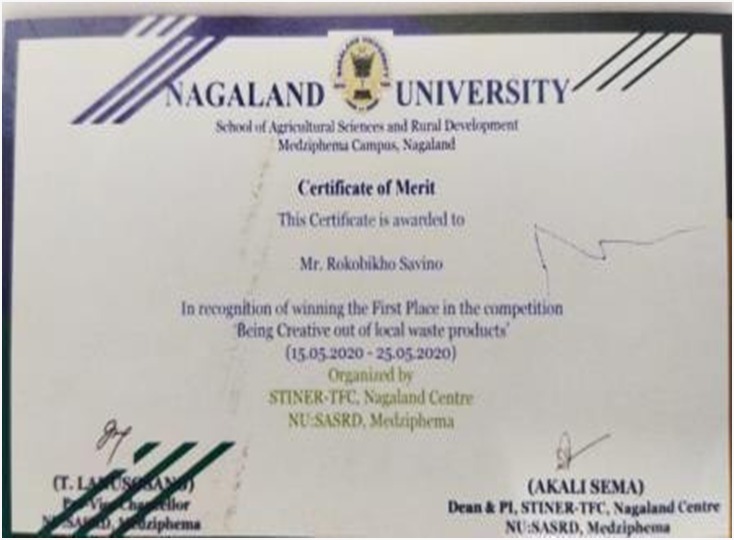
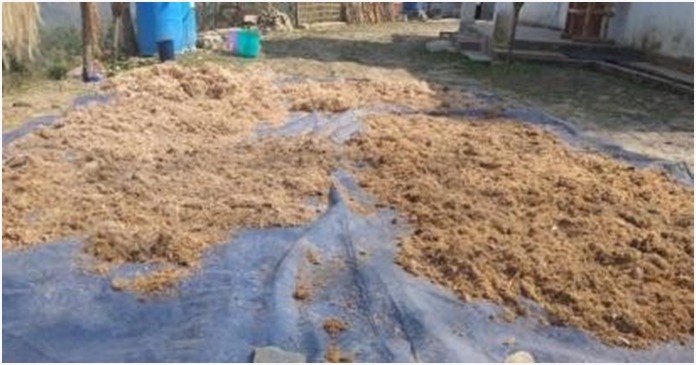

5. COMMUNITY TYPE WASTE SEGREGATOR MACHINE
With urbanization and the increase in population, the amount of waste generated every day has gone up rapidly. Management of the waste so generated is becoming increasingly difficult as almost 90% of the waste is being landfilled in an open area creating a major environmental hazard for living beings.
Waste is generated in various forms; wet, dry, and mixed. Segregation of waste plays an important role as it renders the disposition of different forms of waste simpler and easy to recycle.
The Kudatech team has come up with an innovative idea in developing a machine that will make the job of segregation of mixed waste much easier with less manual work. With the use of the machine so developed, every waste dumped by the sanitation trucks will no longer be a landfill rather it will be sent to the segregator unit. The machine operates in different phases, each phase segregates waste of different forms.
With the use of this machine, segregated waste will be sent to different recycling units and only a few non-recyclable wastes will be land-filled. This will effectively reduce the area used for the landfill and cut down on environmental pollution. The system brings a solution to waste management and also generates revenue from recyclable waste.
6. PLASTIC WASTE TO FUEL
Plastics generally take 400-500 years to decompose, also when burned, generates greenhouse gas which is a major contributor to ozone depletion.
In today’s world where efforts are being made on developing biodegradable packaging products, there is a scientific solution for managing the existing plastic waste which is almost entirely disposed of in an open area.
The Incubation centre along with innovators and entrepreneurs has developed a case study-oriented technology for decomposing plastic waste termed as plastic waste decomposer that functions through the principle of thermal degradation and condensation.
The techniques involve the main furnace, 2 condenser drums coiled with copper pipes, and a by-product collector. The furnace has two chambers; the top chamber is where the plastic waste is filled (30kgs per batch) and the bottom chamber is where biofuels are set on flames to generate heat. With the increase in heat, the plastics decomposed where the flue gas generated is channelled through a pipe towards the condenser. Several condensers can be attached depending on product requirements.
7. RECYCLING OF BANANA STEM FOR MULTI APPLICATION
Banana fibre is a natural fibre with high strength largely used for the productionof fabric & textiles. Banana Fibre also finds use in packing cloth for agriculture produce, ships towing ropes, wet drilling cables, etc. They are recyclable, biodegradable,and can be used as raw material in the textile, paper or handicrafts industry.
Banana paper is versatile as it is waterproof and stronger than woodpulp paper, meaning it can be used in the packaging and constructionindustries. The raw material from banana waste can be processed and turned into manure which can be used as fodder for piggery and poultry.
By utilizing the technology of fibre extraction, banana fibres have been processed and extracted and several attractively designed handicrafts products have been developed by our Artisans.
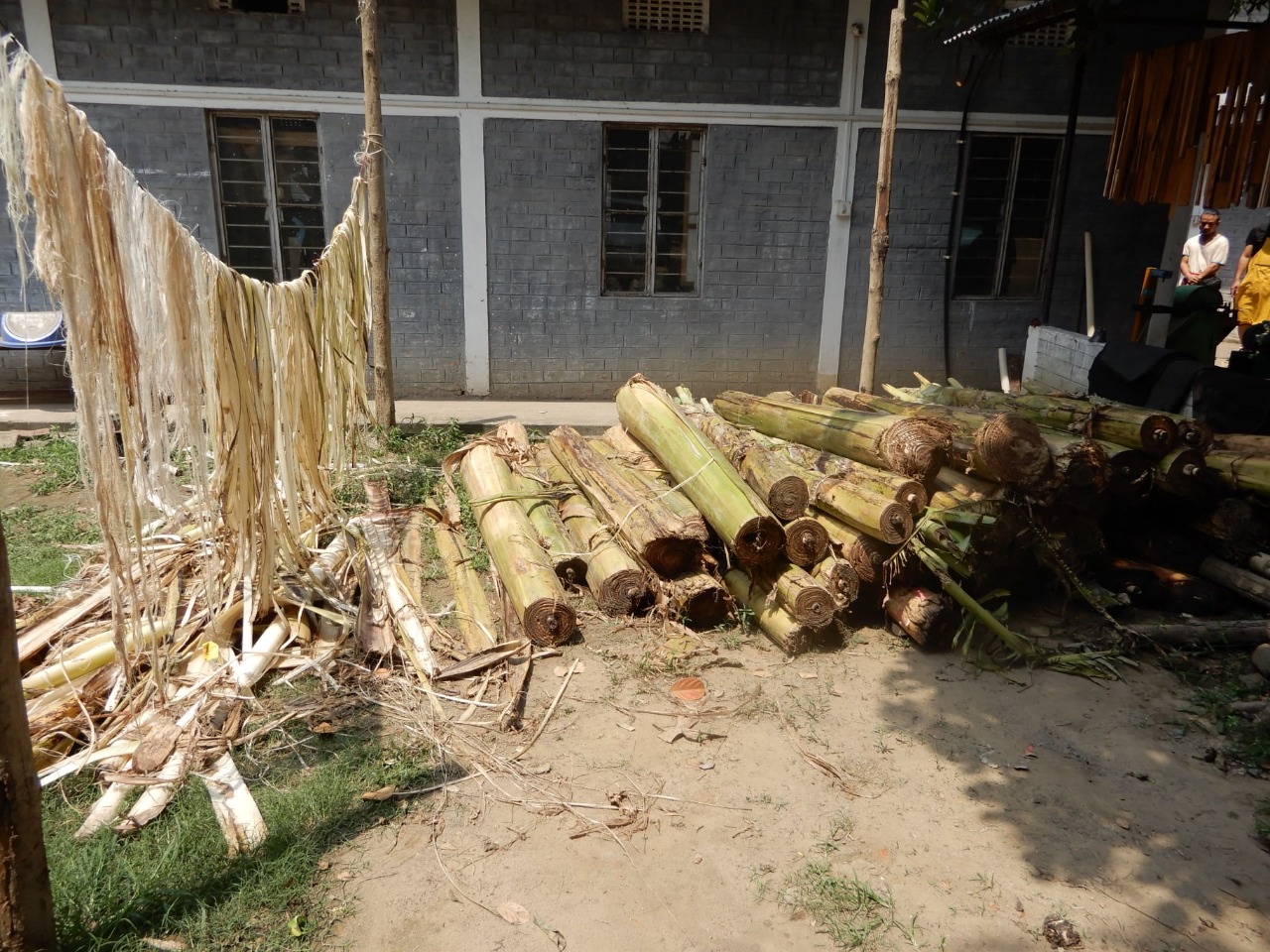
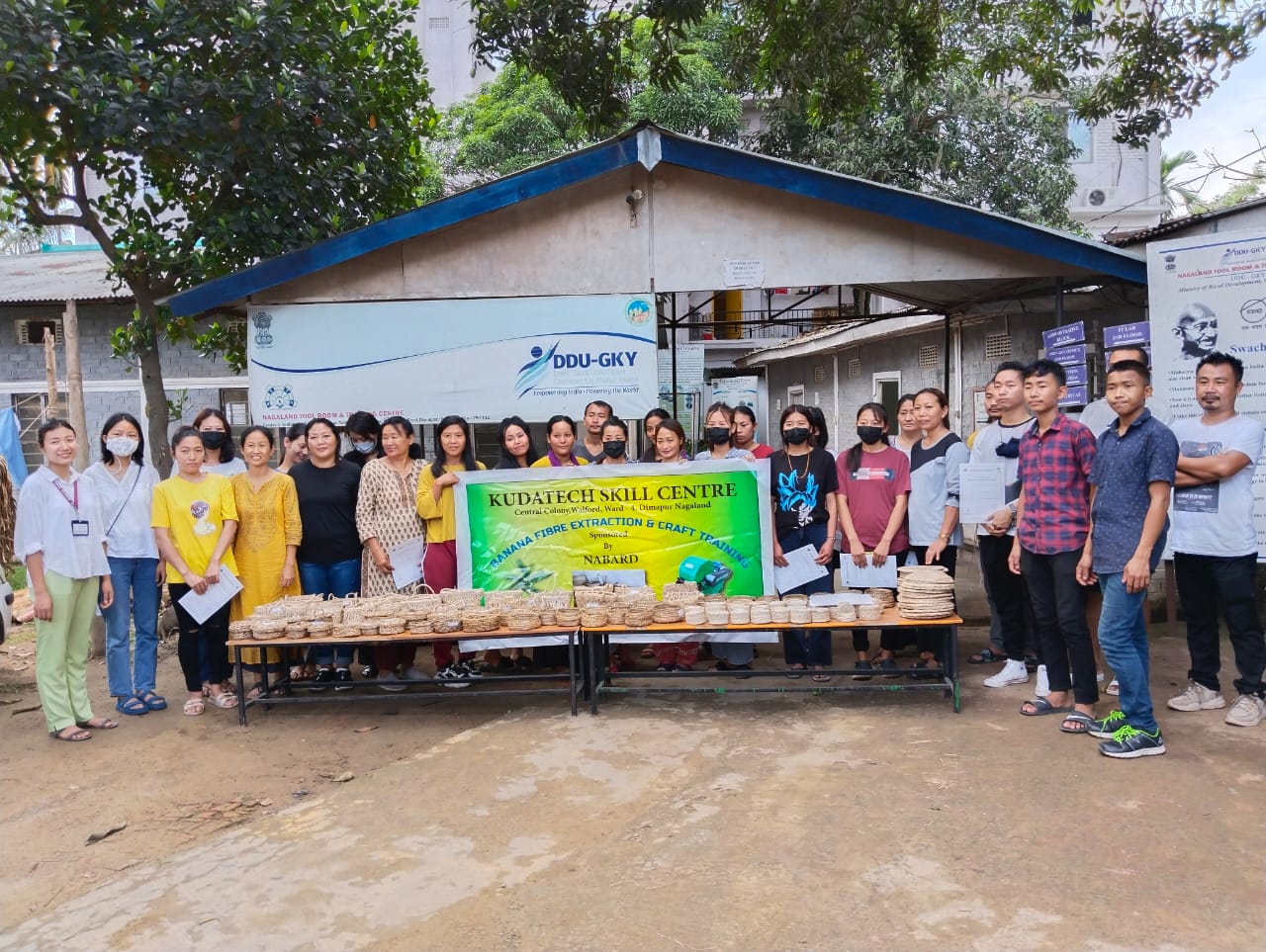
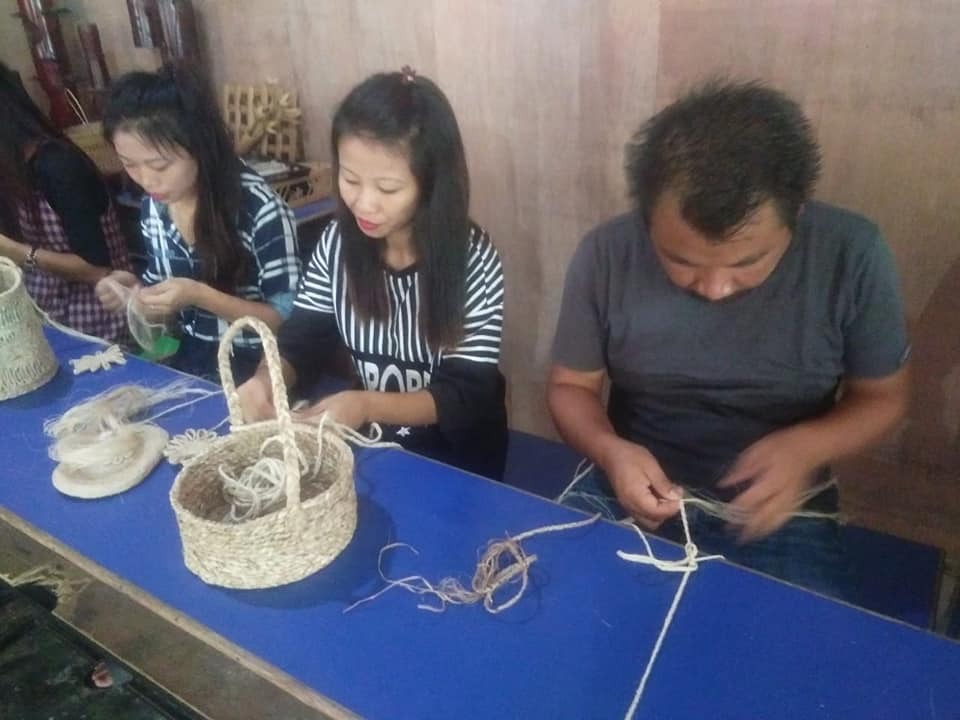
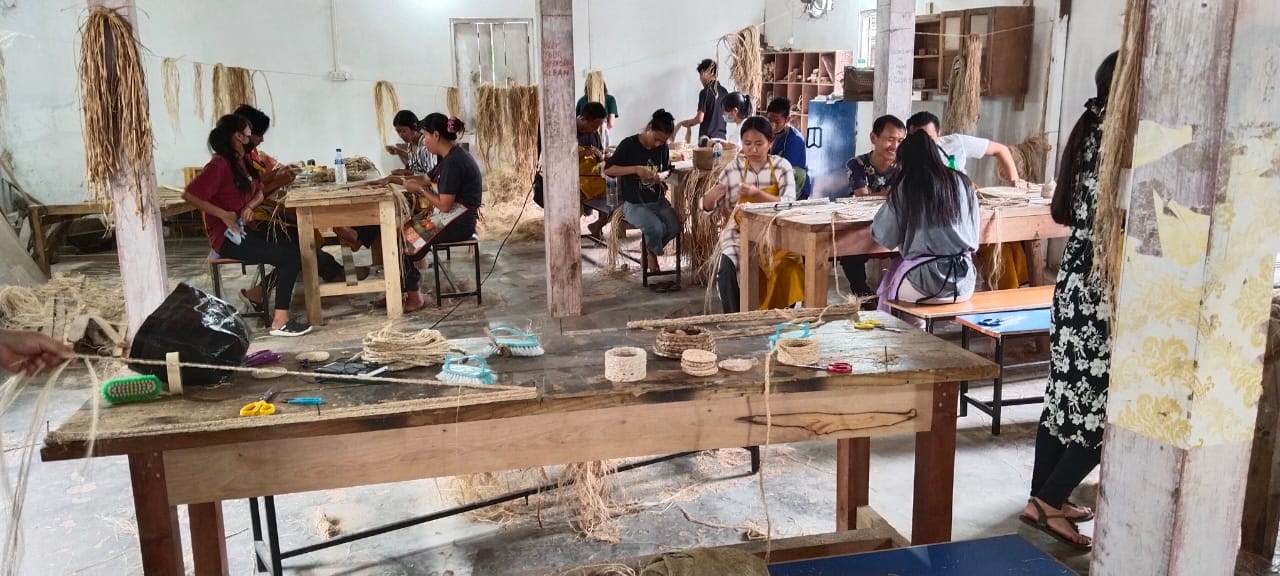
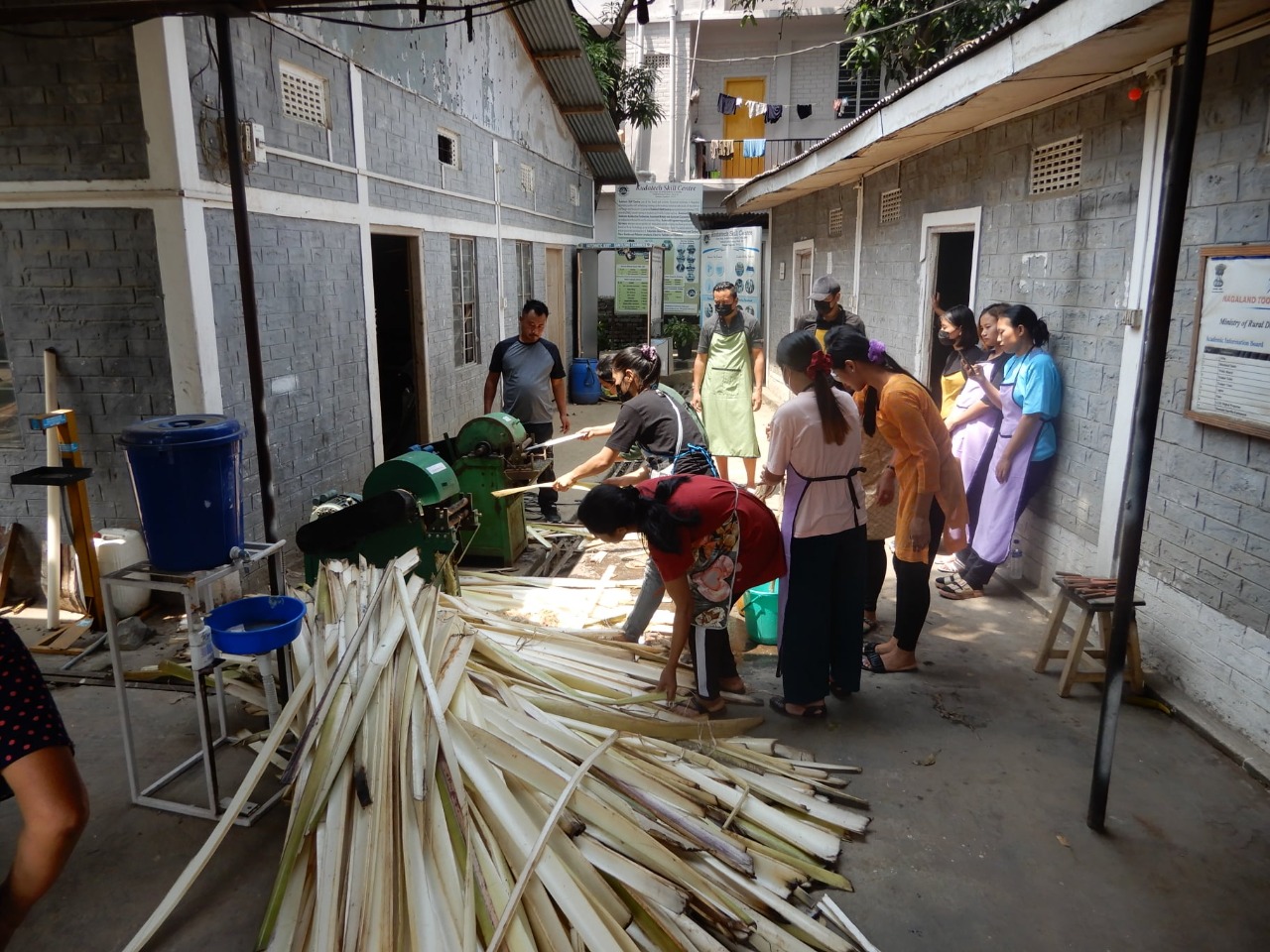
8. PINEAPPLE FIBRE: ITS APPLICATIONS
Pineapple is one of the most important commercially grown tropical fibre crops since it yields fruit and textile fibre. With the advancement in technology, plant fibres are widely used for numerous applications. The most important property of pineapple fibre is biodegradability and noncarcinogenic which bring it into fashion, with the advantage of being costeffective.
Pineapple leaf fibre is more delicate in texture than any other vegetable fibre. It helps in climate restoration and preserving soil quality by preventing soil erosion.
In recent times, the manufacturing waste from pineapple leaves is used in sustainable materials like bio-composites. Pineapple fibres are also used in making furnishing cloths, floor carpets, bathroom mats, tarpaulin, etc.
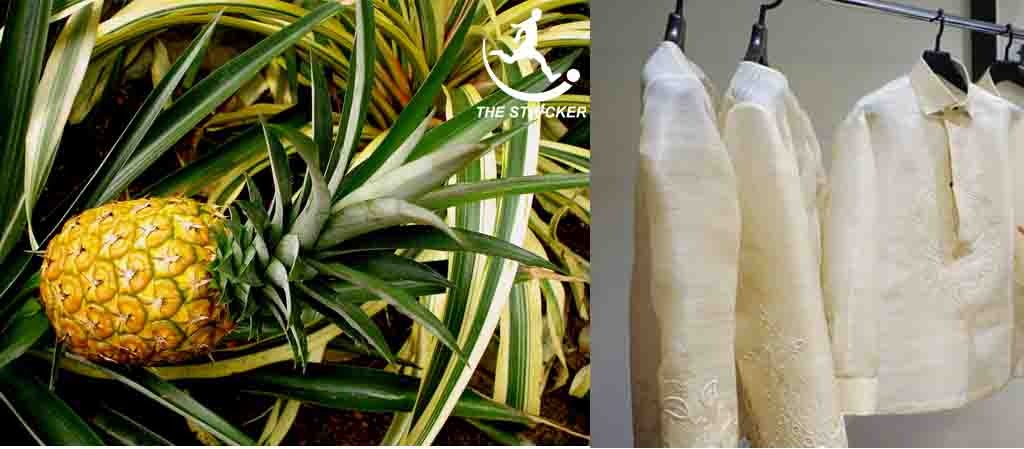
9. SOLAR VEHICLE
lnl forms of energy on the earth are derived from the sun. However, the more conventional forms of energy, the fossil fuels received their solar energy inputs eons of years ago and possess the energy in a greatly concentrated form. These highly concentrated solar energy sources are being used as such at a rapid rate that they will be depleted in not-toodistant future. Therefore as these non-renewable sources of energy are consumed, mankind must turn its attention to a longer-term, permanent type of energy source.
Non-conventional sources of energy such as solar energy shows promise of becoming a dependable energy source without new requirements of a highly technical and specialized nature for its widespread utilization and availability.
As an innovator, the team has studied developing a vehicle that functions through the use of solar energy. A solar cell along with a battery (lithium-ion: rechargeable) will be attached toa vehicle as to the source of energy. This scientific development does not only alternate fossil fuels with solar energy but also reduces harmful gas emission which acts as a major contributor for air pollution. Bamboo and aluminum clad materials are used for construction.
10. LOW COST OFF GRID MICRO HYDRO POWER GENERATOR
The energy demand has been increasing rapidly where an excess of fossil fuels are being utilized to attain its needs. However, with excess consumption of fossil fuels, carbon emission increases rapidly leading to several changes in climatic conditions. Through various principles and practices of renewable energy, electricity can be generated from non-conventional sources of energy causing zero pollution to the environment.Our team has designed a prototype for generating power through a water. The generator functions through a magnetic rotor that rotates along with the turbine. A separate water tank should be constructed for the water reservoir during off-seasons. The technology not only focuses on generating clean and green energy yet similar applications can be implemented in off-grid rural sector areas for the supply of energy to the localities.

11. LOW-COST ROPEWAY
In Nagaland, the harsh mountainous topography hinders a viable transport infrastructure; seasonal roads are the only available option for the majority of the population. This isolates communities and compels them to face an exhausting, timeconsuming, and often dangerous journey to get their agricultural products to the nearest markets. The potential of gravity goods ropeway and engine-operated ropeway is a viable means of transportation to serve these isolated communities. This will help the village to explore the significance of gravity good ropeways and engines operated in linking farmers to markets, its socio-economic impact, and its effectiveness in improving food security and livelihoods of project beneficiaries. The findings of this study, based on participant observation and interactions with project beneficiaries, suggest that an alternative means of transportation like gravity goods ropeway and the engine can be a sustainable transport solution to these isolated communities and increase their participation in the local economy.
Improving access to markets can: Lower agricultural input prices increase production to reduce the monopoly power of traders/middlemen transport also increases purchasing power through the provision and facilitation of employment opportunities increases access to markets.
a) Increases exposure to education and information.
b) Facilitates opportunities to participate in income generation, community, social and political activities.
c) Improves equality in gender relations.
d) Ensure Environmental Sustainability.
e) The rural transport sector has huge potential to minimize its impact on theenvironment.
f) Sustainable public transport Services.
g) Technology relies on nothing but gravity for power.
h) Cheap to install and reduces transport costs by 86%.
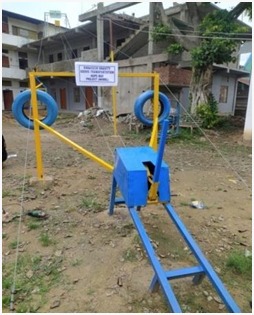

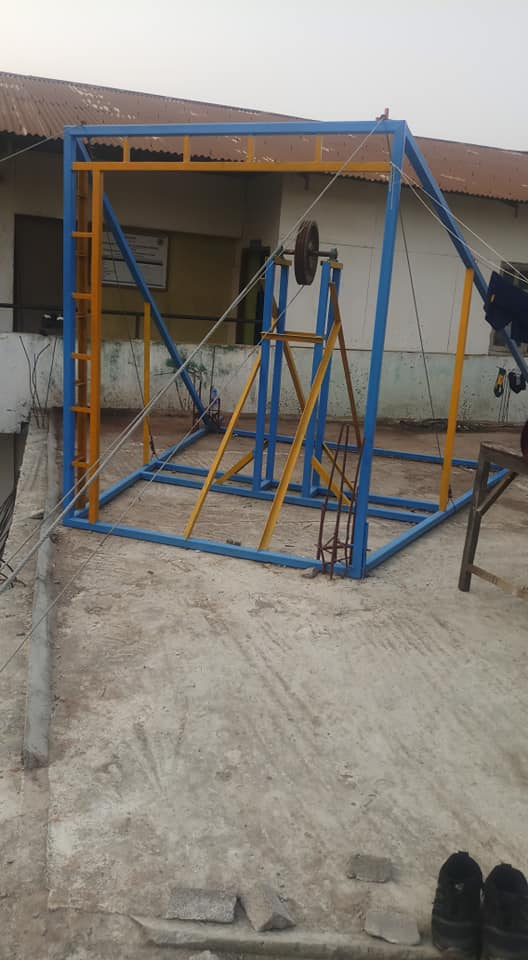
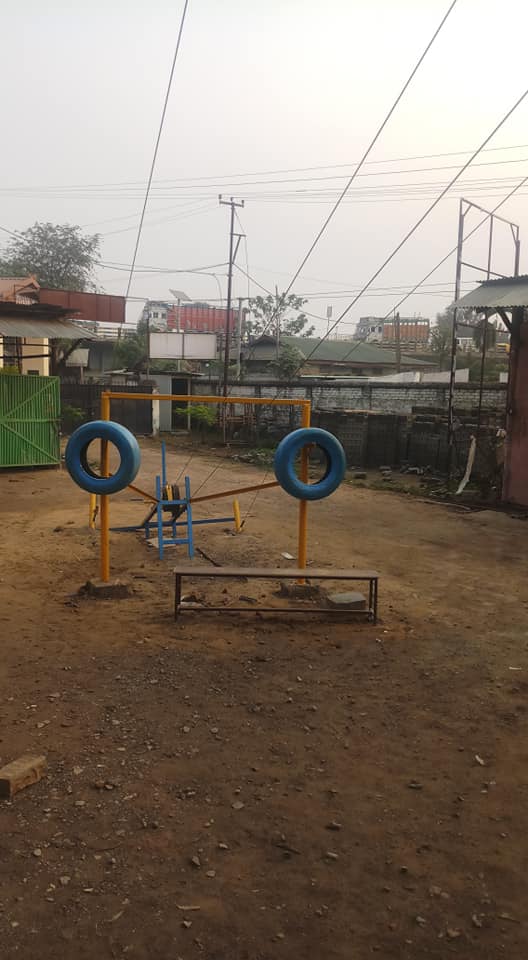
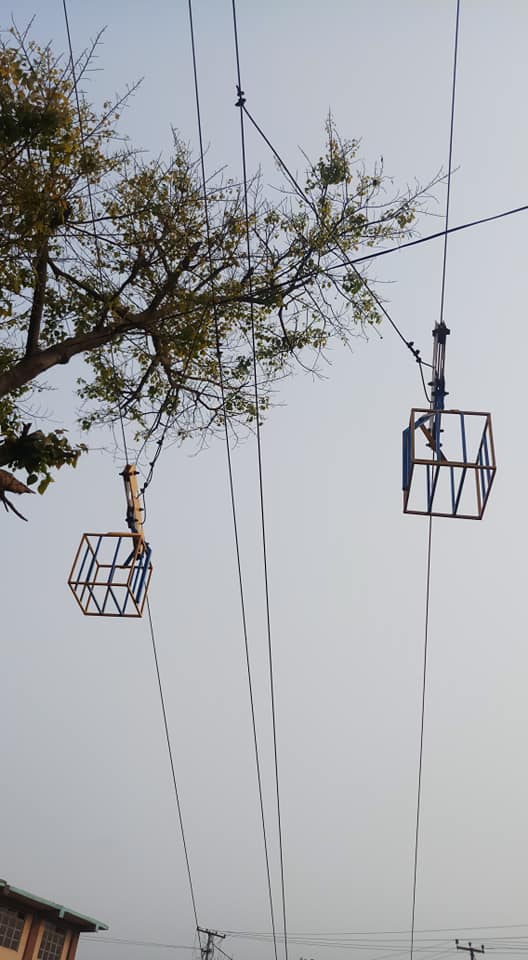
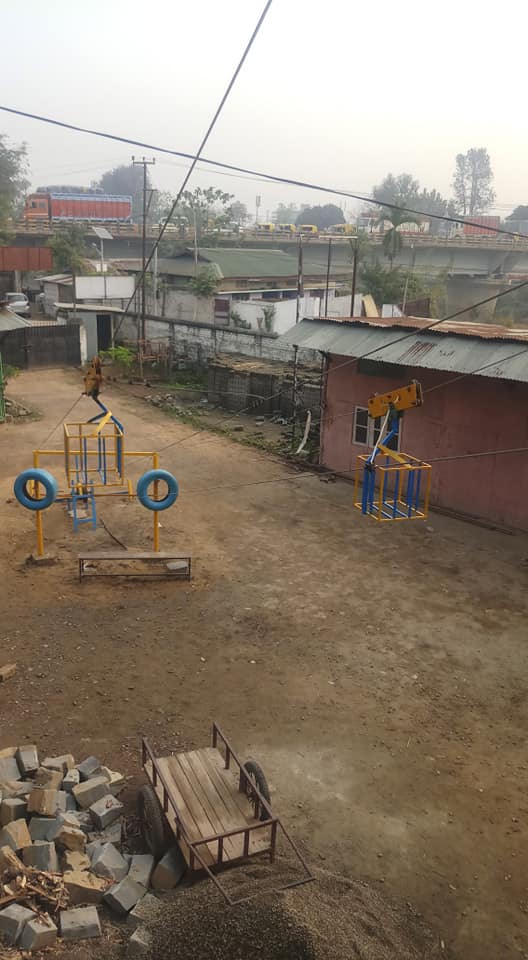
Over the years we have honed the skills of our in house instructors and trainers constantly upgrading themselves with the latest trends of their trades.
We are well equipped to provide:
1. Technical Consultancy services for development machinery and equipment for agro-based industries.
2. Training of technicians in various trades such as electrical, electronics, carpentry, automotive and wielding.
3. Entrepreneurship Development Training Programmes.
4. Agro-based Technology Innovation, Incubation & Start-up Projects.
